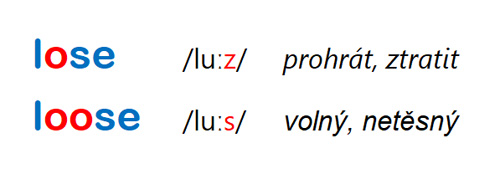
Typically, inkjet printers have struggled with delivering the performance and color-saturation demanded by enterprise/large business use. In the commercial/enterprise area, most MFP have used laser-printer technology, while the personal, SOHO environments, utilize inkjet methods. However, they all generally do the same functions Print, Scan, Fax, and Photocopy. Naturally, the cost, usability, robustness, throughput, output quality, etc. They are designed for home, small business, enterprise and commercial use. This can even occur with devices where the scanner unit physically appears highly integrated into the product.Īs of 2013, almost all printer manufacturers offer multifunction printers. Many MFP types, regardless of the category they fall into, also come in a "printer only" variety, which is the same model without the scanner unit included. From a marketing perspective, the manufacturer of the more expensive MFP would want to differentiate their product as much as possible to justify the price difference, and therefore avoids the segment definition. Two color MFPs of a similar speed may end in the same segment, despite having potentially very different feature-sets, and therefore very different prices. However, many manufacturers are beginning to avoid the segment definition for their products, as speed and basic functionality alone do not always differentiate the many features that the devices include. The segments roughly divided the MFPs according to their speed in pages-per-minute (ppm) and duty-cycle/robustness. MFP manufacturers traditionally divided MFPs into various segments.


An example of a high end Office Black and White MFP.


 0 kommentar(er)
0 kommentar(er)
